When it’s a Spindalis species tanager, obviously!
Traveling these days is hardly the carefree, spontaneous, all-I-need-is-a-toothbrush-and-ten-bucks experience it used to be before I took up birding. Now, every excursion is preceded by serious research into potential and target species, checklists, rare bird alerts, and trip reports. But this intensive ornithological preparation is doubly beneficial: first, it allows me the best chance possible to recognize new birds even in less than ideal circumstances and second, it gets me really psyched about the impending journey.
In prepping for the Core Team excursion to the Bahamas, I noticed that my field guide as well as a number of trip reports reference Spindalis zena as the Stripe-headed Tanager. Other sources call the same bird the Western Spindalis. Knowing that the almighty avian taxon authorities often do (and undo) things like completely renaming a well-known bird for interesting reasons, I decided to look into the origin of this name change. Be warned, unless you’re an ornithologist, taxonomy nut, or hardcore lister, you may find the answer a little dry.
The Stripe-headed Tanager was renamed in 2000, the change announced to eager enthusiasts in the forty-second supplement to the American Ornithologists’ Union check-list of North American birds. Such revisions are well-attended by birders because each new supplement offers not just superficial alterations in nomenclature but also reorganization of the taxonomic chart and consolidation or division of certain species. These lumps and splits have the potential to play havoc with a birder’s life list; the splits giveth new ticks while the lumps taketh away. The Stripe-headed Tanager, to the delight no doubt of many, was split into four Spindalis species. The original Spindalis zena became the bird we now recognize as the Western Spindalis.
The prevailing movement to avoid or eliminate long hyphenated English names probably contributed to the altered appellation. Also at work may have been the idea that this bird didn’t exactly fit the bill. Tanagers are birds of the Americas, primarily of the Neotropics. The 254 known tanager species, some of them the absolute most stunning birds anywhere, seem a hodge-podge of different characteristics, some more in line with the Platonic ideal of a tanager than others. The small, striped birds in the genus Spindalis, endemic to the Greater Antilles, are quite distinct from mainland genera, not very tanageresque at all. So although these birds are still biologically tanagers, they are also Spindalises (or Spindali, Spindalids, etc.)
That explains the name change but not the species division. According to the article, Taxonomy of the Stripe-headed Tanager, Genus Spindalis (Garrido, et. al., 12/97, Wilson Bulletin) the desire to split the spindalis was hardly a recent one. Taxonomic troublemaker Henry Bryant proposed splitting the genus Spindalis back in 1866, introducing the generic name Spizampelis for the group of taxa comprising the forms pretrei, zena, and nigricephala. Three wasn’t the magic number for later ornithologists studying the Spindalis. According to Carl Edward Hellmayr (1936), James Bond (1956), and the 6th edition of the American Ornithologists’ Union Check- list (1983), the Stripe-headed Tanager consisted of a “single polytypic species, Spindalis zena, with eight recognized subspecies” distributed throughout the West Indies.
The official AOU split rendered the Stripe-headed Tanager into four distinct birds based on differences in vocalization as well as the plumages of both males and females. Besides the aforementioned Western Spindalis, distributed throughout the Bahamas, Cuba, Cayman Islands, Mexico, Turks and Caicos Islands, and even parts of the US (at least the Floridian parts), we have the Hispaniolan Spindalis (S. dominicensis) of the Dominican Republic and Haiti, the Puerto Rican Spindalis (S. portoricensis) of Puerto Rico, and the Jamaican Spindalis (S. nigricephala) where else but in Jamaica. So now, the perfect Caribbean vacation should offer sun, sand, and spindalises (spindali, spindalids, whatever!)




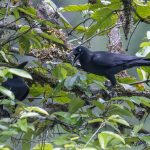

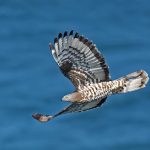
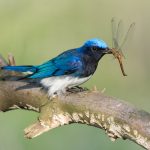

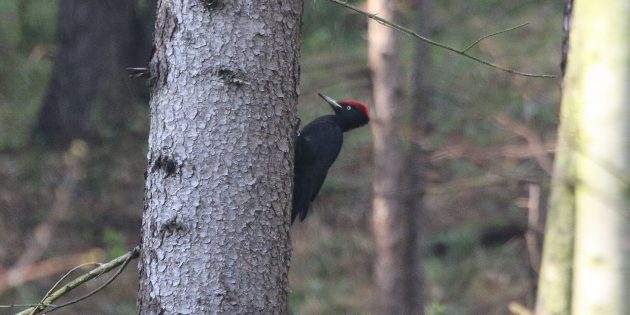
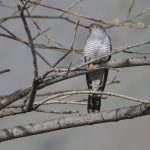
Leave a Comment